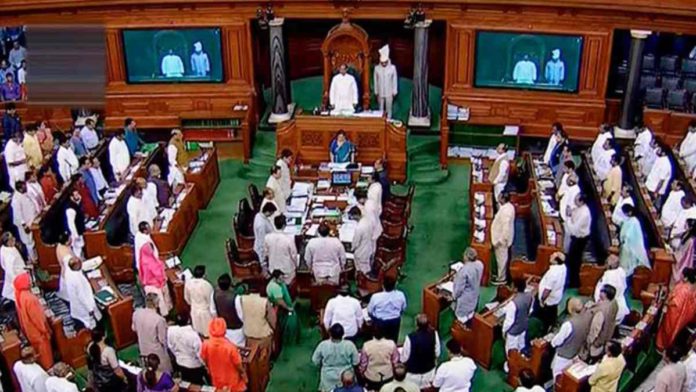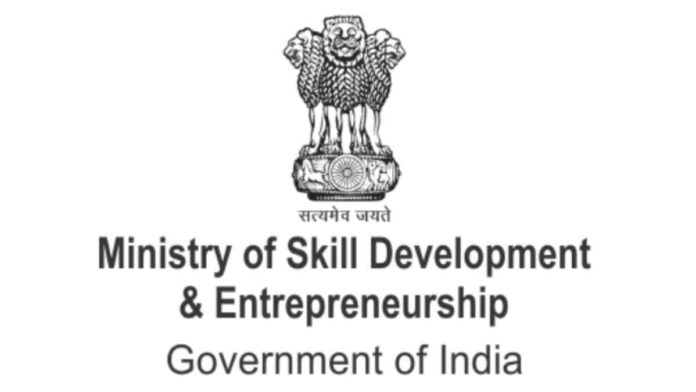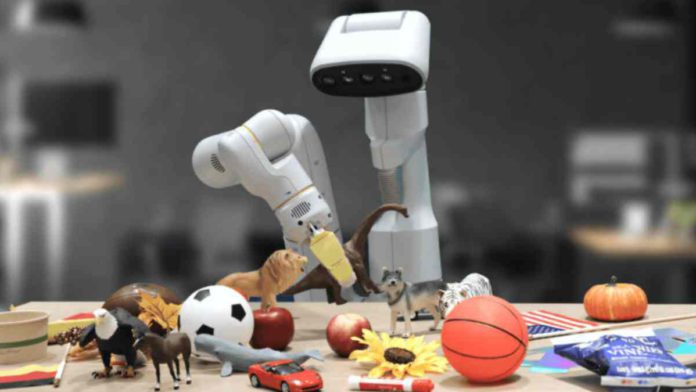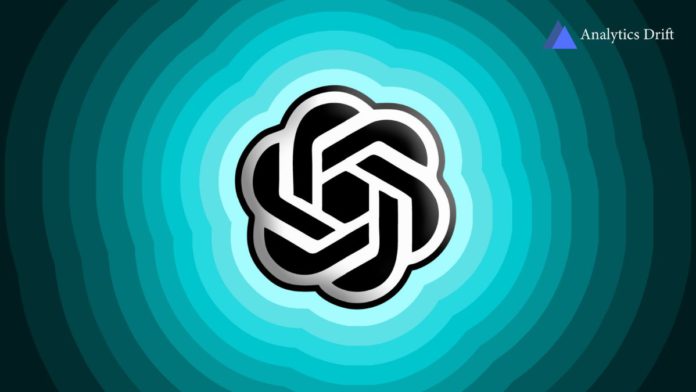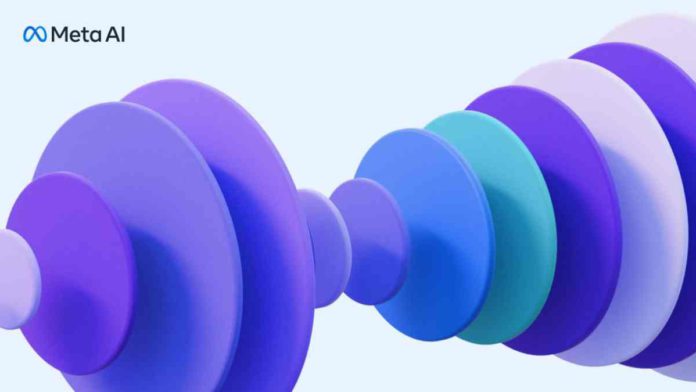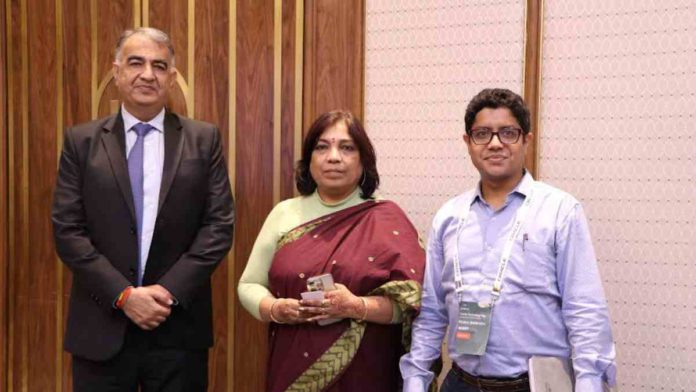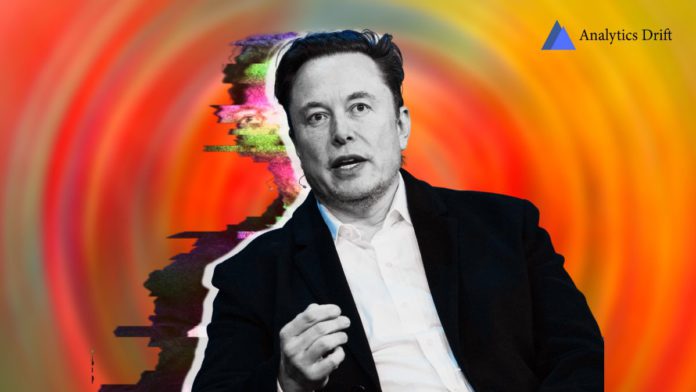The controversial Digital Personal Data Protection Bill 2023 was introduced in the Lok Sabha yesterday by Minister of Communications, Electronics, and Information Technology Ashwini Vaishnaw. The bill aims to control how digital personal data is processed while upholding people’s rights to privacy and the condition to use that data only for legal purposes.
The opposition, however, clapped back strongly against the bill’s introduction, expressing worries that it might violate people’s fundamental right to privacy. They argued that the bill should be submitted to the standing committee for thorough analysis in light of the government’s withdrawal of a related data privacy bill the previous year.
Minister Vaishnaw responded by stating that the bill is not a money bill and assuring the opposition that any concerns highlighted will be addressed during the bill’s debate. Recently, MoS IT Rajeev Chandrasekhar said the DPDP bill can’t be referred to any committee unless done by parliament, after claims from fellow member John Brittas.
Read More: OpenAI’s Sam Altman Launches Cryptocurrency Project Worldcoin
Through his official Twitter account, MoS IT Rajeev Chandrasekhar discussed the importance of digital personal data protection. According to him, the Bill is an important step towards realizing the goal of having international cyber regulations for India’s $1 trillion digital economy and India Techade.
Chandrasekhar claims that the Ministry of Electronics and Information Technology oversaw significant stakeholder consultations that led to the creation of the law. According to Chandrasekhar, if the bill is approved by Parliament, it will safeguard the rights of all people, promote economic innovation, and give the government legal authority to act in cases of pandemics, earthquakes, and other catastrophes.
He characterized the Digital Personal Data Protection Bill as an international standard that is modern, prepared for the future, yet straightforward and simple, securing India’s position at the forefront of the digital world.


